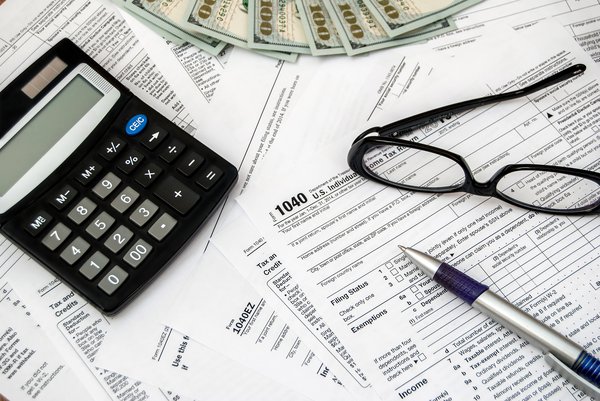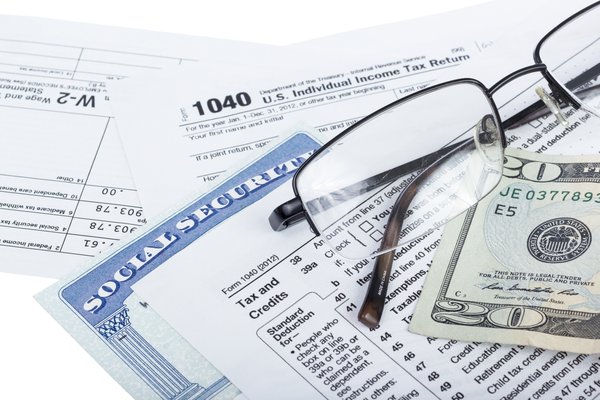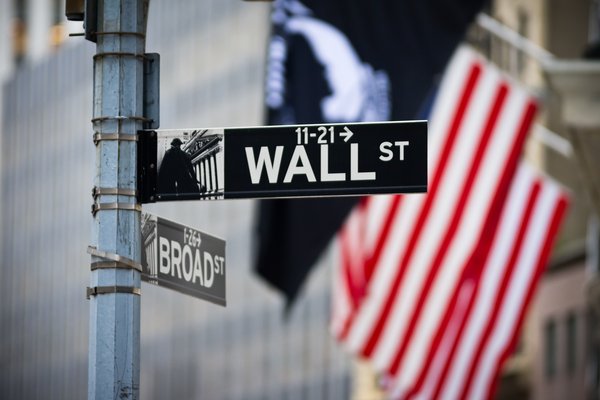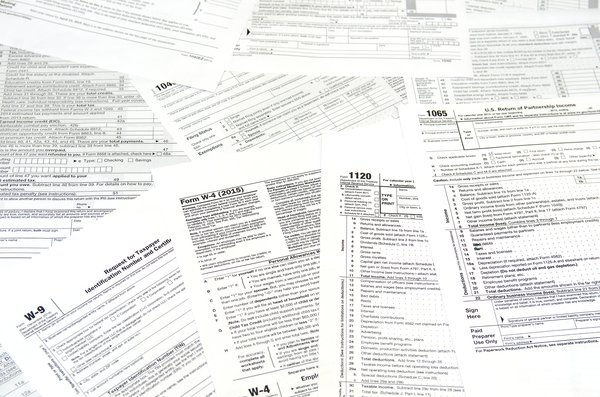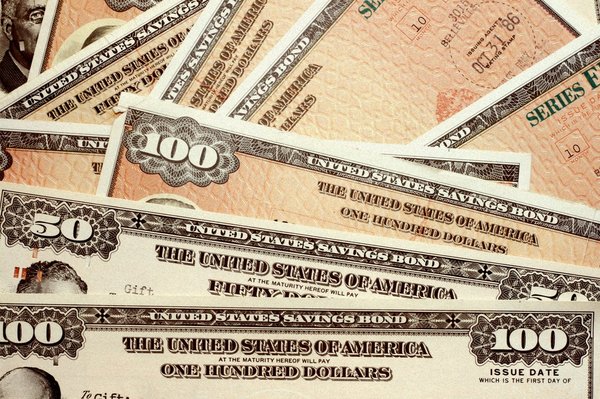The old adage that stocks often climb a "wall of worry" is true. Investors can be forgiven for looking at current economic indicators -- stubborn inflation, political dysfunction, recession fears -- and wondering why stocks are still performing well. Read on for more information about the wall of worry, issues that can cause it to increase in height, and how investors can scale it.

What is it?
What is the wall of worry?
You may have heard about a "wall of worry" from analysts talking about the stock market. Simply put, it's the tendency of stock prices to increase even as economic, political, or social conditions suggest that they should be falling.
When it comes to the stock market -- or any type of investing, really -- there will always be naysayers. Paul Samuelson, the first American to win a Nobel Prize for Economics, quipped in 1982 that the market had predicted nine of the last five recessions. It’s quite possible that the four that never happened dodged an economic downturn because investors were able to scale the wall of worry.
Factors
Wall of worry factors
Dozens of factors can influence market performance, causing volatility and creating a wall of worry for investors. In early fall 2024, for example, a handful of factors threatened to end a bull market that had defied expectations, with the S&P 500 Index rising about 60% since late 2022, despite significant headwinds that included:
- Trade disputes: An economic conflict between China and the U.S. has been ongoing since January 2018, when then-President Donald Trump slapped the world's most populous nation with significant tariffs. The Biden administration has strengthened some of the tariffs and has blocked China's ability to purchase advanced semiconductor chips used for the booming artificial intelligence (AI) market.
- Interest rates: Although the Federal Reserve Board has indicated it's likely to cut interest rates, no such plans were on the horizon in 2022, when inflation in the U.S. was raging to its highest levels in a generation. Higher interest rates tend to curb production and employment, generally depressing profitability and stock prices.
- Wage inflation: Salaries and wages for working Americans rose in the wake of the COVID-19 pandemic, causing consternation among publicly traded companies that feared losing profits. By early summer 2024, average hourly wage growth had topped inflation for a solid year, a reversal of long-term trends that had eroded middle-class earnings but boosted corporate profitability.
- Political dysfunction: Increasing political polarization in the United States has led to potential disaster for many investors. For example, arguments over raising the U.S. debt ceiling have led to downgrades of the U.S. federal credit rating, creating volatility in the markets and concerns about the prospects for long-term economic growth.
- Recession: Fears of another economic downturn are a regular feature of life on Wall Street. It's probably fair to say that recession concerns are the foundation of the wall of worry. Still, it's sometimes difficult to see where a recession begins and where a recession ends. The National Bureau of Economic Research, a private nonprofit research organization, generally doesn't define recessions until after two quarters of a shrinking gross domestic product (GDP), which means investors can't be certain there's a recession until six months after it begins.
Related investing topics
Example
Wall of worry example
Although the wall of worry is most often used to describe investor behavior in the wider markets, it can also be used to talk about potential barriers faced by individual sectors or even stocks. For example, tech investors interested in benefiting from the boom in AI products faced a wall of worry in the summer of 2024. Investors in Alphabet (GOOGL 0.29%)(GOOG 0.43%) were especially concerned when the company reported suffering from a softening advertising environment and potential increased competition in the generative AI field.
The results led to a sell-off, with Alphabet shares falling almost 15% over the summer. Despite the apparent headwinds for the stock, many investors viewed the sell-off as an opportunity to scale the wall of worry, given the tech giant's strength in cloud computing and introduction of the Gemini chatbot, designed to compete directly with OpenAI's ChatGPT.
